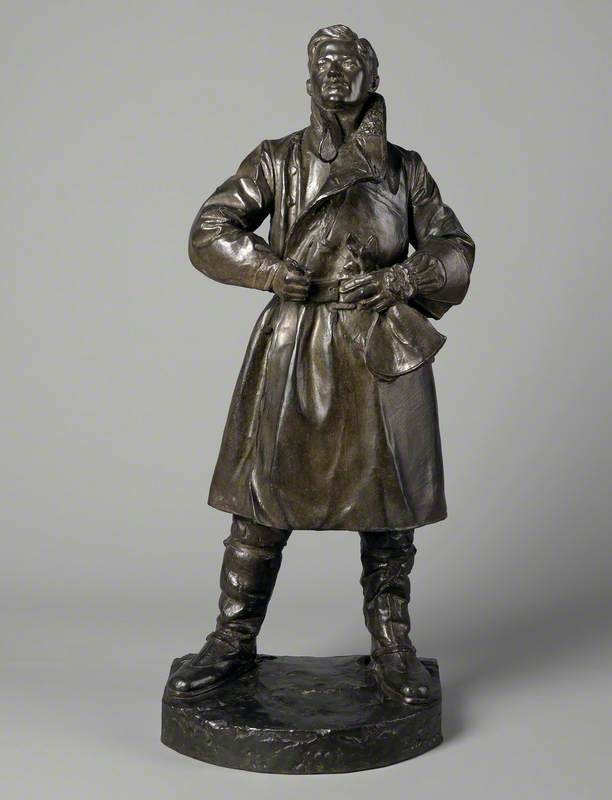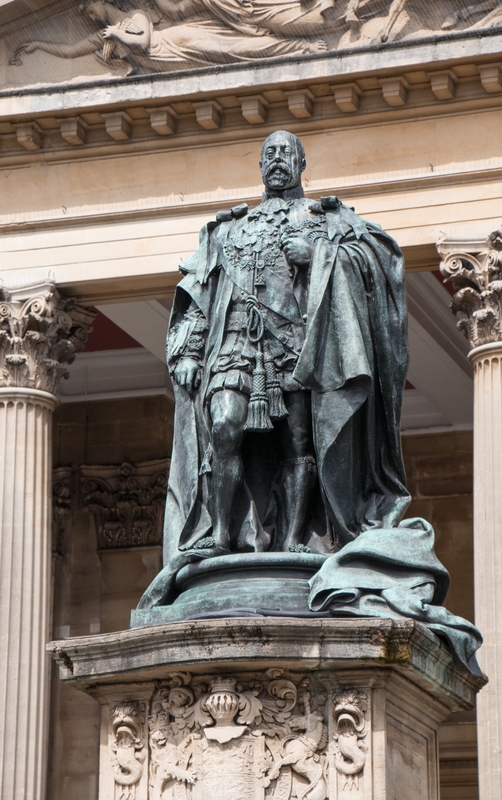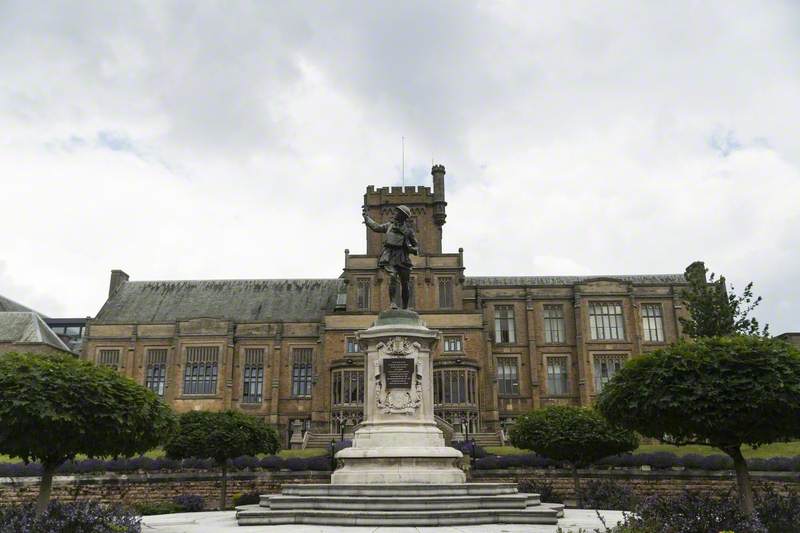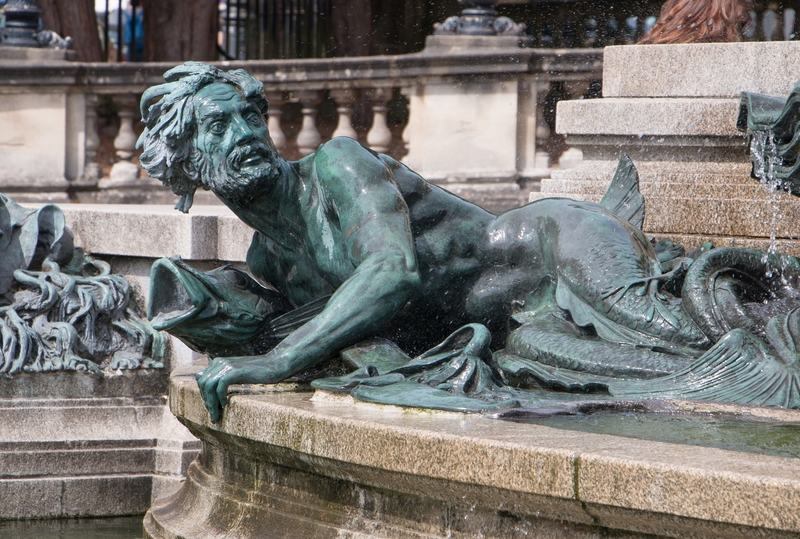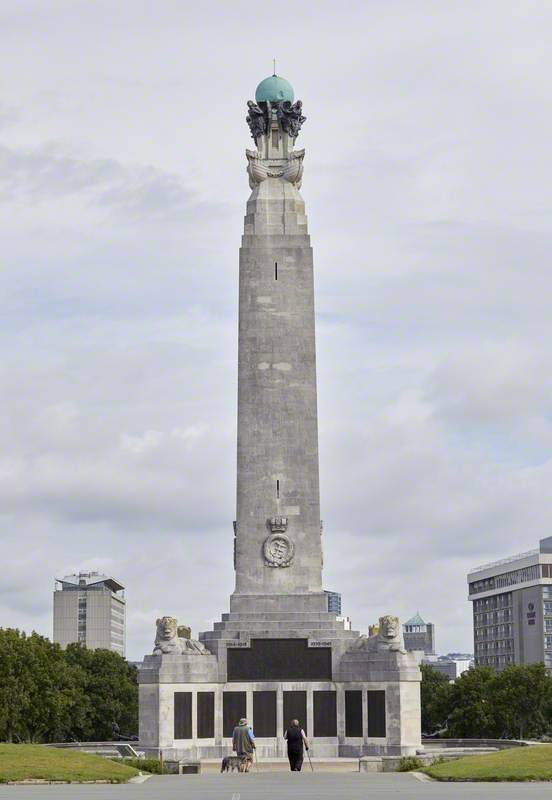
The Plymouth Naval Memorial 1924
Charles Thomas Wheeler (1892–1974) and William McMillan (1887–1977) and Henry Poole (1873–1928) and Robert Stodart Lorimer (1864–1929)
Henry Poole was born in Westminster, London, England on 28 January 1873 and was the son of Samuel Poole (c.1839-?), a sculptor. He studied at South London Technical School of Art in c.1888 and at the Royal Academy Schools in London from 1892 to 1897. He then worked as an apprentice with Harry Bates and George Frederic Watts. He subsequently worked primarily as an architectural sculptor. His public sculptures include the memorial statue of Edward VII and fountains in Bristol; (1912); war memorial, Wotton-under-Edge, Gloucestershire (1920); a memorial to the airman Captain Albert Ball, V.C. for Castle Green, Nottingham (1921); war memorial, Evesham, Worcestershire (1921); war memorial, Pudsey, West Yorks (1922); war memorial for Nottingham High School (1922); Naval Memorial, Southsea Common, Portsmouth, Hampshire with Sir Robert Lorimer (1924); Naval Memorial, Chatham, Kent, with Sir Robert Lorimer (1924); Naval Memorial, Plymouth, Devon, with Sir Robert Lorimer (1924) and a memorial plaque for William Blake in St.
During World War One, Poole served in the then newly formed camouflage department.
Poole was elected an Associate of the Royal Academy (ARA) in 1920; a Royal Acaemician (RA) in 1927; a Fellow of the Royal Society of British Sculptors (FRSBS) in 1923. He was also elected a member of the Art Workers Guild in 1906 and from 1916 was a member of the Arts & Crafts Exhibition Society.
He died on 15 August 1928. At the time of his death he was living at 2 Fernshaw Road, Chelsea, Middlesex [now London].
Text source: Arts + Architecture Profiles from Art History Research net (AHRnet) https://www.arthistoryresearch.net/

